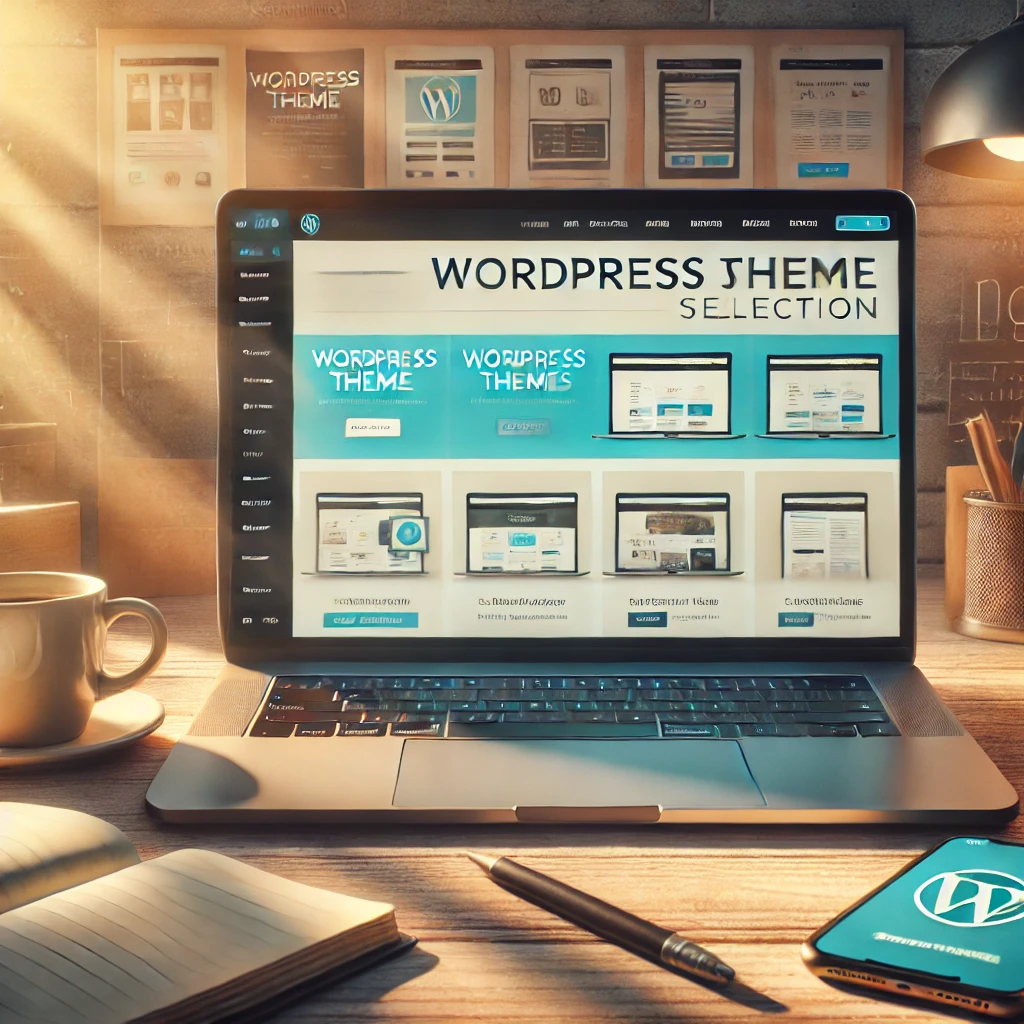Choosing the right WordPress theme is a crucial step in building a successful website. Your theme determines the visual identity, functionality, and user experience of your site. With thousands of available themes, how do you pick the right one? In this guide, we’ll go through the key factors to consider when selecting a WordPress theme.
1. Define Your Website’s Purpose and Goals
Before selecting a theme, clearly define the purpose of your website:
- E-commerce? – You need a WooCommerce-compatible theme.
- Blog? – Focus on readability and a clean layout.
- Corporate website? – Look for a professional design with customizable sections.
- Portfolio? – Choose a theme that highlights visual content.
✅ Tip: Select a theme that matches your business needs to avoid unnecessary modifications later.
2. Check Responsiveness and Loading Speed
A responsive design is essential for ensuring your website looks great on all devices.
- Test the theme’s demo on mobile devices.
- Use Mobile-Friendly Test to check mobile optimization.
- Verify loading speed with tools like GTmetrix or PageSpeed Insights.
🔹 Fast and optimized themes: Astra, GeneratePress, Neve.
🔹 Multipurpose themes: WoodMart, Porto, OceanWP.
3. Ensure Compatibility with Plugins
Your theme should be compatible with key WordPress plugins:
- SEO plugins (Yoast SEO, Rank Math) – Essential for search engine rankings.
- WooCommerce – If you plan to sell products online.
- WPML or Polylang – For multilingual websites.
- Elementor or WPBakery – For easy drag-and-drop page customization.
4. Customization and Ease of Use
Some themes come with pre-built templates, while others allow full customization. Look for:
- A visual page builder (e.g., Elementor, Gutenberg).
- Flexible customization options in WordPress Customizer.
- Easy-to-edit color schemes, fonts, and layout settings.
5. Check Support and Updates
A good theme should have regular updates and responsive customer support.
- Check the last update date.
- Read user reviews in the WordPress repository.
- Buy premium themes only from trusted developers.
6. Free vs. Premium Theme?
If you’re on a tight budget, free themes can be a good starting point, but premium themes often offer more features.
Free Themes:
- Suitable for simple websites.
- Limited customization options.
- Examples: Astra, OceanWP, Neve (free versions).
Premium Themes:
- More design flexibility and customization options.
- Frequent updates and better customer support.
- Examples: WoodMart, Porto, Flatsome.
Conclusion
Selecting the right WordPress theme is crucial for building a successful website. Choose a theme that is fast, responsive, plugin-compatible, and tailored to your needs. Test demo versions and pick a reliable theme that allows long-term flexibility and easy content management. 🚀

